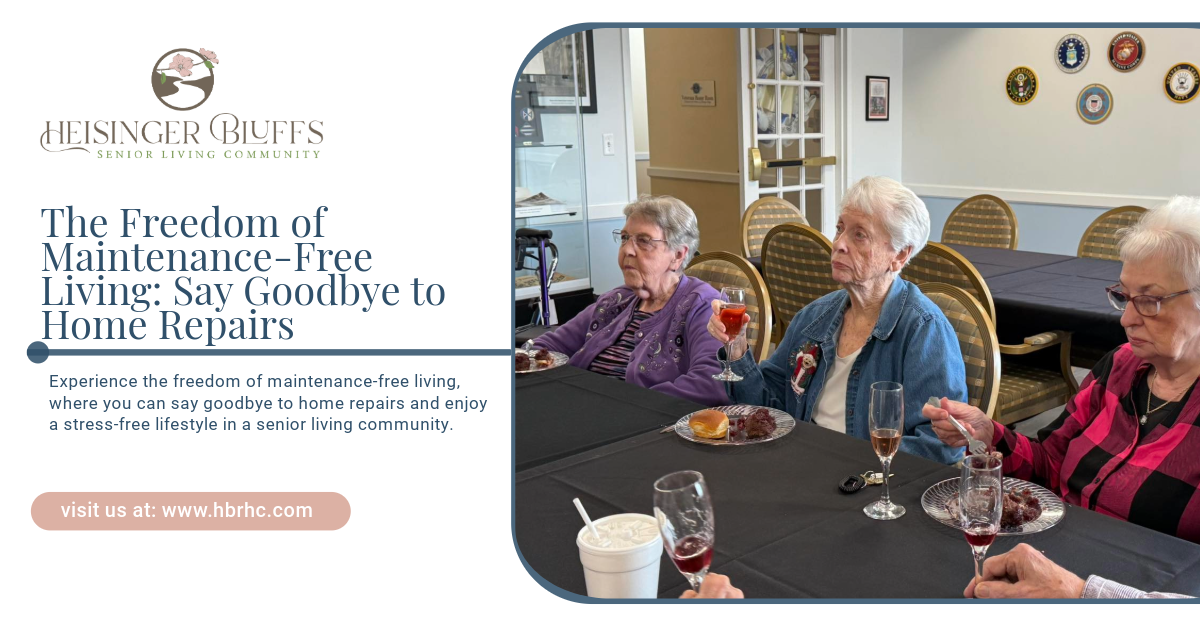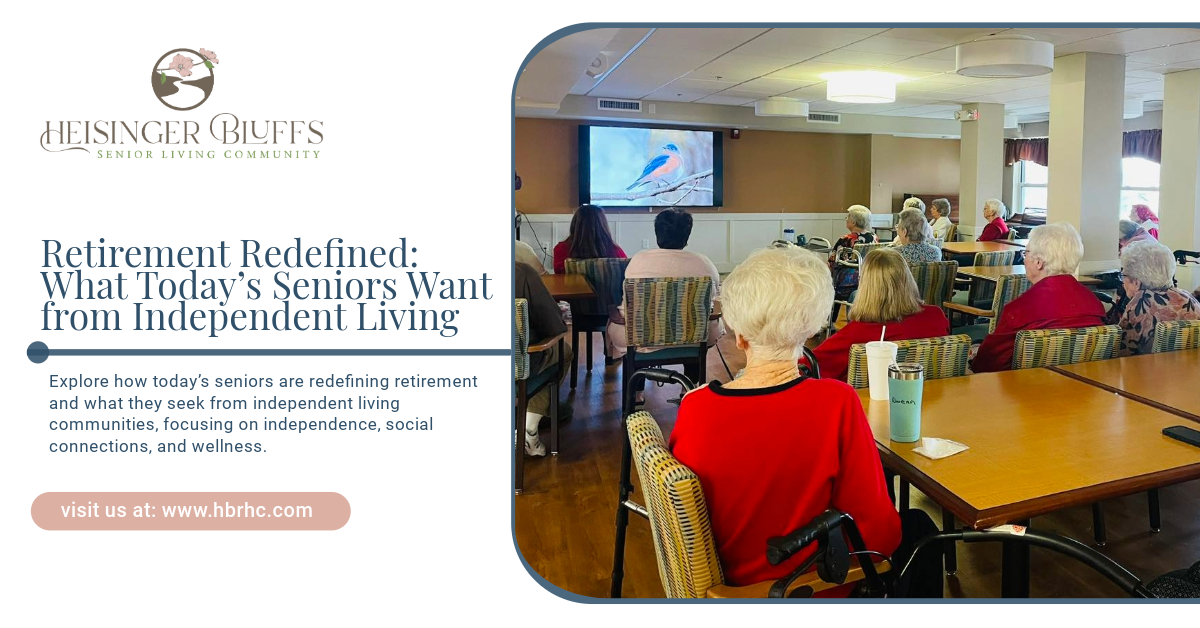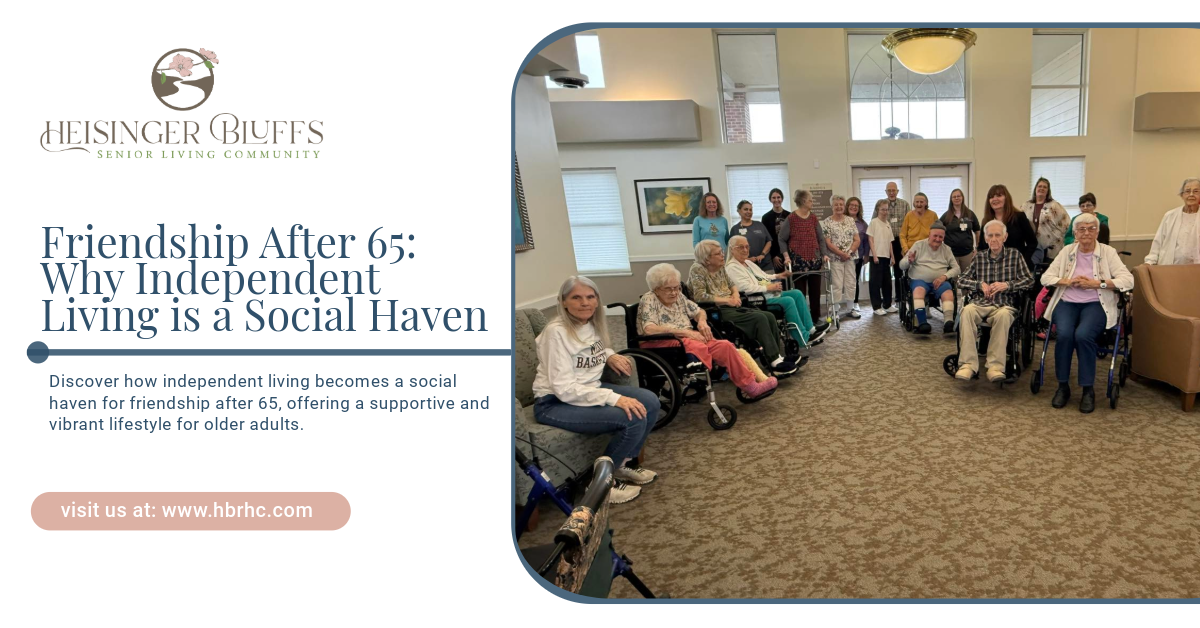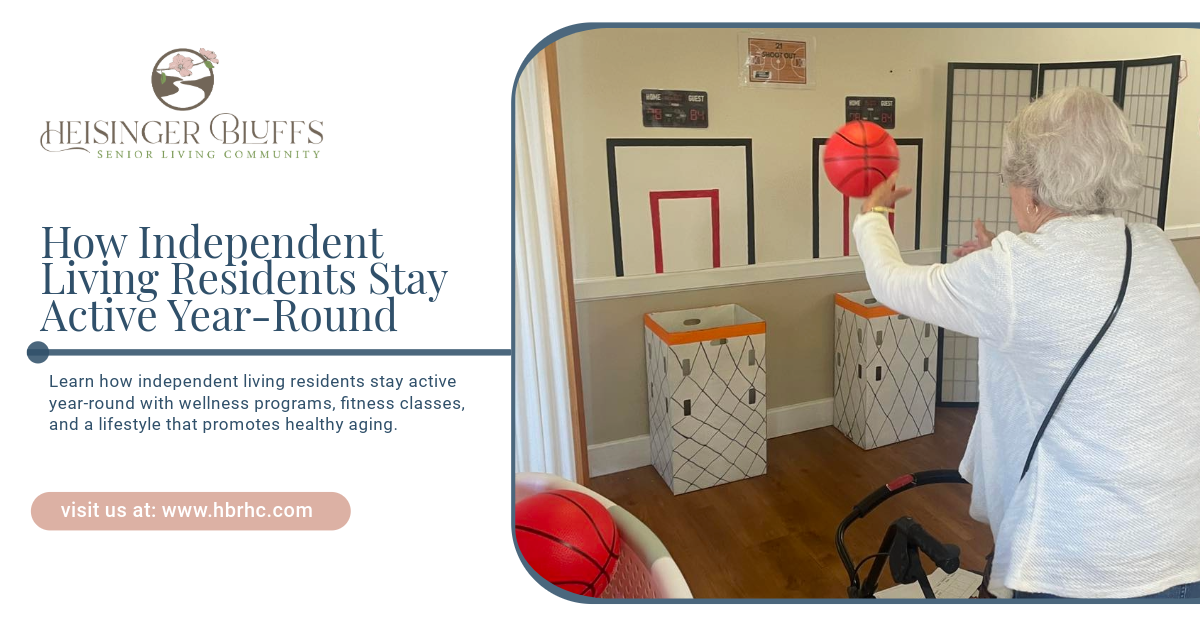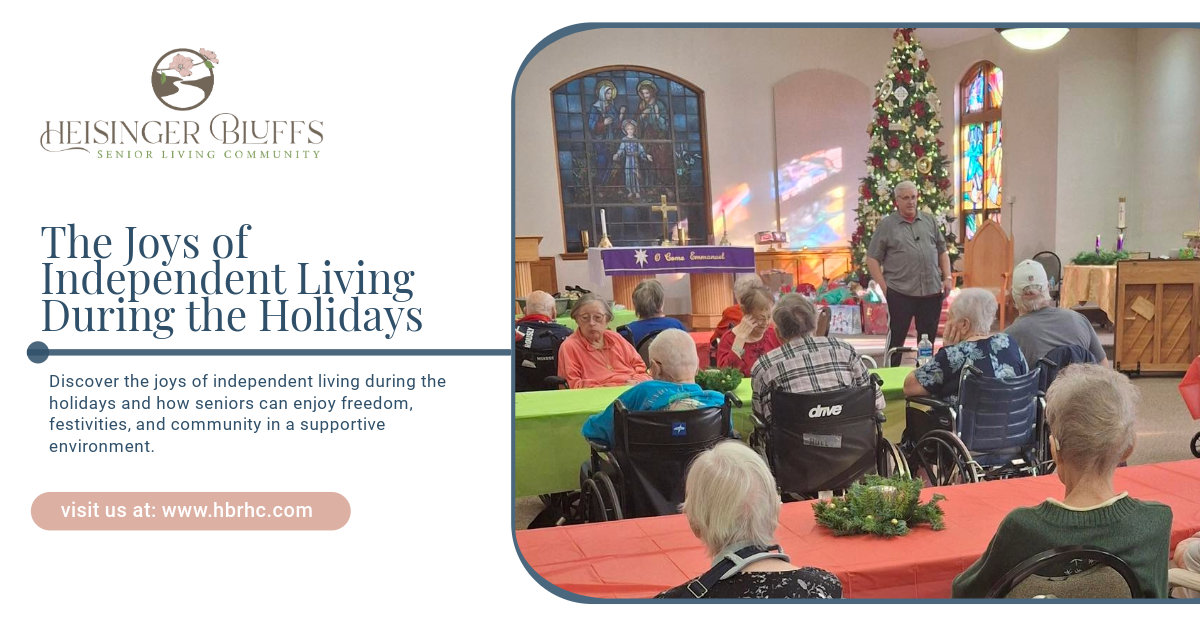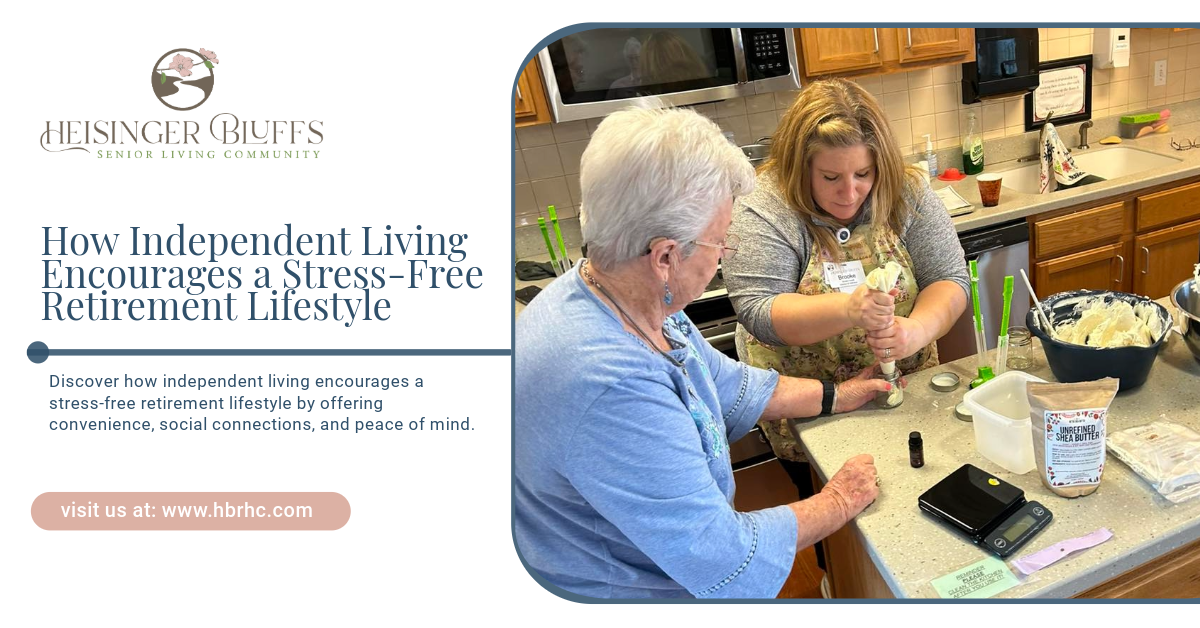Get in touch
The Science Behind Sensory Stimulation for Seniors
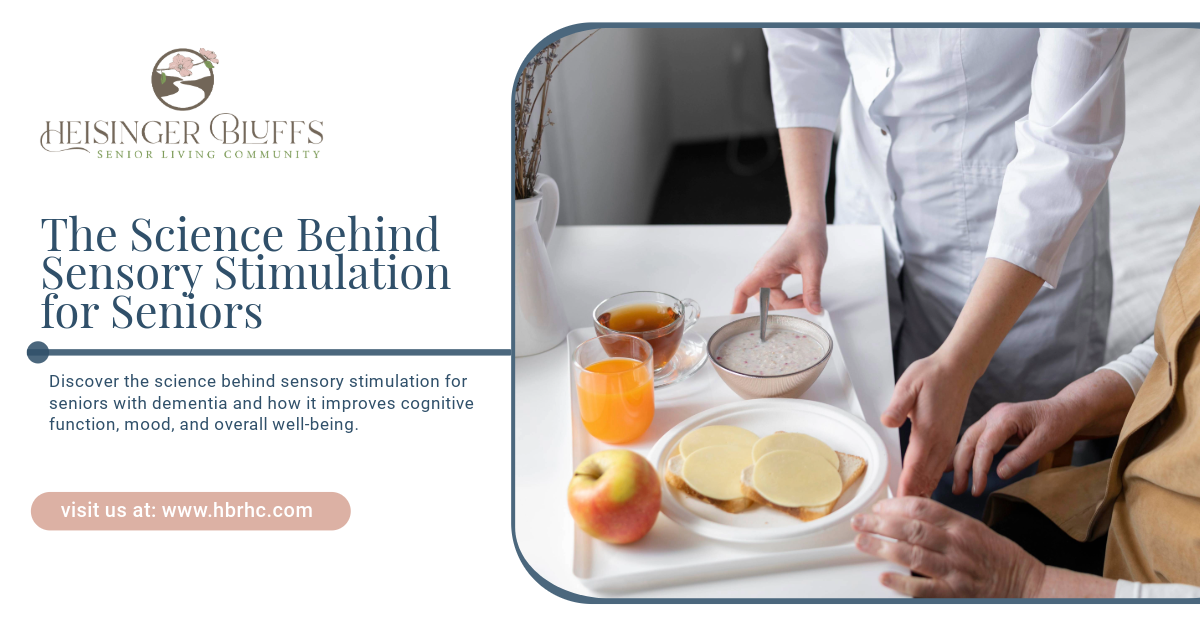
Understanding Sensory Stimulation in Dementia Care
Dementia affects memory, cognition, and communication, but sensory stimulation offers a powerful way to improve quality of life. Sensory experiences—touch, sound, sight, taste, and smell—can trigger positive emotions, reduce anxiety, and enhance cognitive function.
For seniors with dementia, structured sensory activities can:
- Promote relaxation and reduce agitation
- Stimulate memory recall
- Enhance communication
- Improve emotional well-being
How Sensory Processing Changes with Dementia
As dementia progresses, the brain processes sensory input differently. Some seniors may experience heightened sensitivity, while others may have dulled sensory perception. Adapting sensory experiences to each individual's needs can create a calming and engaging environment.
The Science Behind Sensory Stimulation
1. How Sensory Input Affects the Brain
Sensory stimuli activate different parts of the brain. Studies show that engaging the senses can strengthen neural connections, slow cognitive decline, and improve emotional stability.
2. The Role of Neuroplasticity
Even with dementia, the brain can adapt and form new pathways. Sensory stimulation encourages neuroplasticity, helping seniors maintain cognitive function longer.
3. The Link Between Sensory Stimulation and Memory Recall
Familiar scents, sounds, or textures can trigger long-term memories, even in advanced dementia. For example, the smell of fresh bread may remind someone of childhood baking experiences.
Types of Sensory Stimulation for Seniors with Dementia
1. Auditory Stimulation: Engaging Through Sound
Music therapy is one of the most effective forms of sensory stimulation. Studies show that music can:
- Reduce agitation and anxiety
- Enhance mood and encourage movement
- Trigger memories, especially songs from the person’s youth
Other auditory stimuli include:
- Nature sounds (ocean waves, birds chirping)
- Reading aloud or storytelling
- Personalized playlists of favorite songs
2. Tactile Stimulation: Engaging Through Touch
Tactile experiences can provide comfort and encourage engagement. Effective touch-based activities include:
- Hand massages with scented lotions
- Handling textured objects (soft fabrics, sand, water)
- Gardening (feeling soil, leaves, or flowers)
3. Visual Stimulation: Engaging Through Sight
Visual cues help seniors stay oriented and connected to their surroundings. Examples include:
- Colorful art therapy projects
- Watching nature videos or photo albums
- Gentle lighting to create a calming environment
4. Olfactory Stimulation: Engaging Through Smell
Scents are directly linked to memory and emotions. Seniors with dementia may respond positively to familiar or pleasant smells such as:
- Lavender for relaxation
- Citrus for energy
- Coffee or baked goods to trigger nostalgia
5. Gustatory Stimulation: Engaging Through Taste
Tastes can be both comforting and stimulating. Offering familiar and flavorful foods can:
- Spark positive memories
- Encourage appetite and nutrition
- Provide a multisensory experience when combined with smell and texture
The Benefits of Sensory Stimulation in Dementia Care
1. Reduces Agitation and Anxiety
Sensory stimulation promotes relaxation and decreases challenging behaviors like restlessness or aggression.
2. Improves Mood and Emotional Well-Being
Engaging the senses can elevate mood and foster positive emotions. Music, touch, and scents all play a role in improving emotional stability.
3. Encourages Communication and Social Interaction
Even when verbal skills decline, sensory experiences offer a way for seniors to connect with caregivers and loved ones.
4. Supports Better Sleep Patterns
Calming sensory activities, such as aromatherapy or soft music, can improve sleep quality and reduce nighttime restlessness.
5. Enhances Cognitive Function and Memory
Sensory activities help maintain mental alertness and can trigger long-term memories.
How to Implement Sensory Stimulation in Daily Care
1. Personalize the Experience
Each individual has unique preferences and sensitivities. Caregivers should observe reactions and adjust stimuli accordingly.
2. Use a Variety of Stimuli
Combining multiple senses can create a richer experience. For example, playing music while offering a scented hand massage engages both sound and touch.
3. Create a Calm and Comfortable Environment
Avoid overstimulation, which can cause distress. Soft lighting, gentle sounds, and familiar scents can make sensory experiences more enjoyable.
4. Incorporate Sensory Activities into Daily Routines
Simple adjustments like adding music during meals or using scented lotions during morning care can make a big difference.
Experience Meaningful Dementia Care at Heisinger Bluffs
At Heisinger Bluffs, we incorporate sensory stimulation into our dementia care programs to ensure residents experience comfort, engagement, and a high quality of life. Our personalized approach helps seniors maintain cognitive function, reduce stress, and enjoy meaningful moments every day. Contact us to learn more about our specialized care.
Frequently Asked Questions
What are the best sensory activities for seniors with dementia?
Music therapy, aromatherapy, tactile activities (like handling soft fabrics), and familiar scents or tastes are all effective sensory activities.
How often should sensory stimulation be used for dementia patients?
It should be incorporated daily, but the frequency and type should be adjusted based on individual preferences and responses.
Can sensory stimulation help slow the progression of dementia?
While it cannot stop dementia, sensory stimulation can slow cognitive decline, improve mood, and enhance quality of life.
Sources:
- https://www.alzheimers.org.uk/about-dementia/symptoms-and-diagnosis/how-dementia-changes-perception
- https://pmc.ncbi.nlm.nih.gov/articles/PMC3622463//
- https://www.sciencedirect.com/science/article/pii/S0167494322001947
- https://www.nhs.uk/conditions/dementia/living-with-dementia/activities/
- https://pmc.ncbi.nlm.nih.gov/articles/PMC5962307/



Want to know more?
We will get back to you as soon as possible.
Please try again later.
You May Also Like To Read
Heisinger Bluff’s Life Plan Community is here to make your senior years safe, stimulating and enjoyable so that you can savor the present, knowing the future will be taken care of.
QUICK LINKS
CONTACT
©2024. Heisinger Bluffs. All rights reserved.


